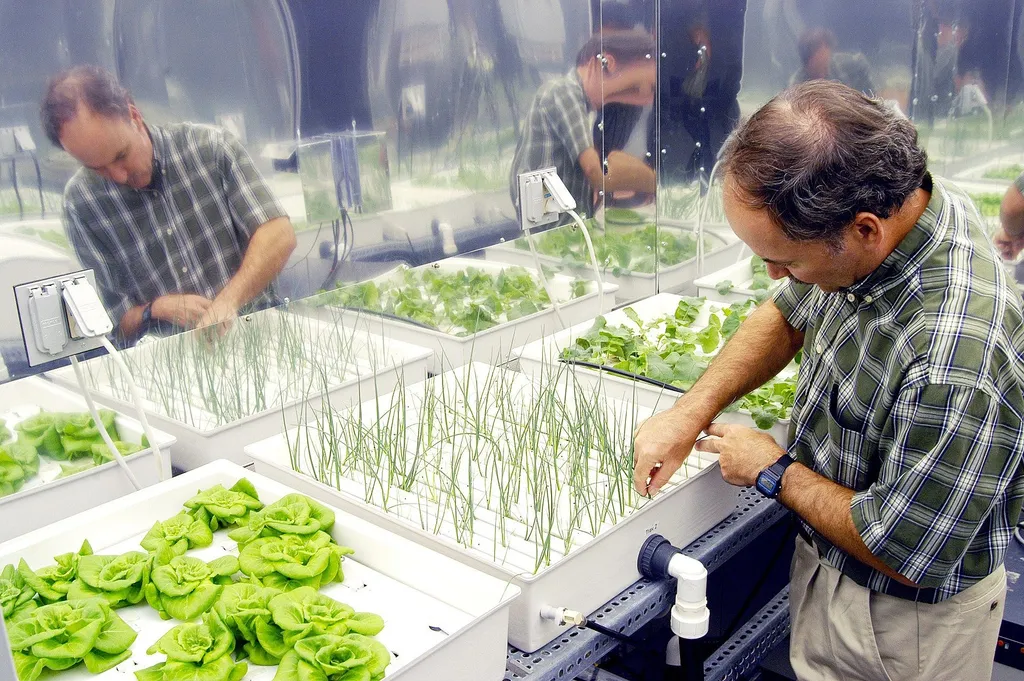In the ever-evolving world of hydroponic farming, researchers are constantly seeking innovative ways to optimize plant growth and quality. A recent study published in the journal ‘Plants’ (known in English as ‘Plants’) has shed light on a promising strategy that could revolutionize the way we approach plant nutrition in hydroponic systems. The research, led by George P. Spyrou from the Laboratory of Vegetable Production at the Agricultural University of Athens, explores the effects of partial nitrate substitution with chloride on purslane yield and quality.
Purslane, a nutrient-rich leafy vegetable, was cultivated in a floating hydroponic system under varying nitrogen (N) conditions. The study aimed to understand how different forms and rates of nitrogen supply influence plant growth, nutrient uptake, and quality parameters. The findings could have significant implications for the commercial hydroponic industry, particularly in optimizing nutrient solutions to enhance product quality and safety.
The researchers found that mild nitrogen stress actually enhanced the quality characteristics of purslane without significant yield losses. “This is a crucial finding,” says Spyrou, “as it suggests that we can improve the nutritional value of purslane without compromising its marketability.” However, more severe nitrogen restrictions led to significant yield losses without further improving product quality.
One of the most promising strategies identified in the study was the partial replacement of nitrogen with chloride (N30). This approach effectively reduced nitrate accumulation in edible tissues by 10% compared to plants grown under adequate nitrogen supply. “This is particularly important for consumer safety,” explains Spyrou, “as high nitrate levels in vegetables can pose health risks.”
The study also revealed that all applied nitrogen regimes and compensation strategies improved the antioxidant and flavonoid content of purslane. The highest antioxidant activity was observed in plants grown under high ammonium nitrogen application, indicating the plant’s susceptibility to such conditions.
The implications of this research extend beyond purslane cultivation. The findings could pave the way for more sustainable and efficient hydroponic farming practices, benefiting the broader agricultural industry. By optimizing nutrient solutions, farmers can enhance crop quality, reduce environmental impact, and improve economic outcomes.
As the demand for locally grown, nutrient-rich produce continues to rise, the insights from this study could shape the future of hydroponic farming. The partial replacement of nitrate with chloride offers a viable strategy for improving product quality and safety, ultimately benefiting both farmers and consumers. With further research and application, this approach could become a standard practice in hydroponic systems worldwide.
In the words of Spyrou, “This is just the beginning. The potential for innovation in hydroponic farming is vast, and we are excited to explore the possibilities further.” As the agricultural industry continues to evolve, such breakthroughs will be crucial in meeting the challenges of the future.

